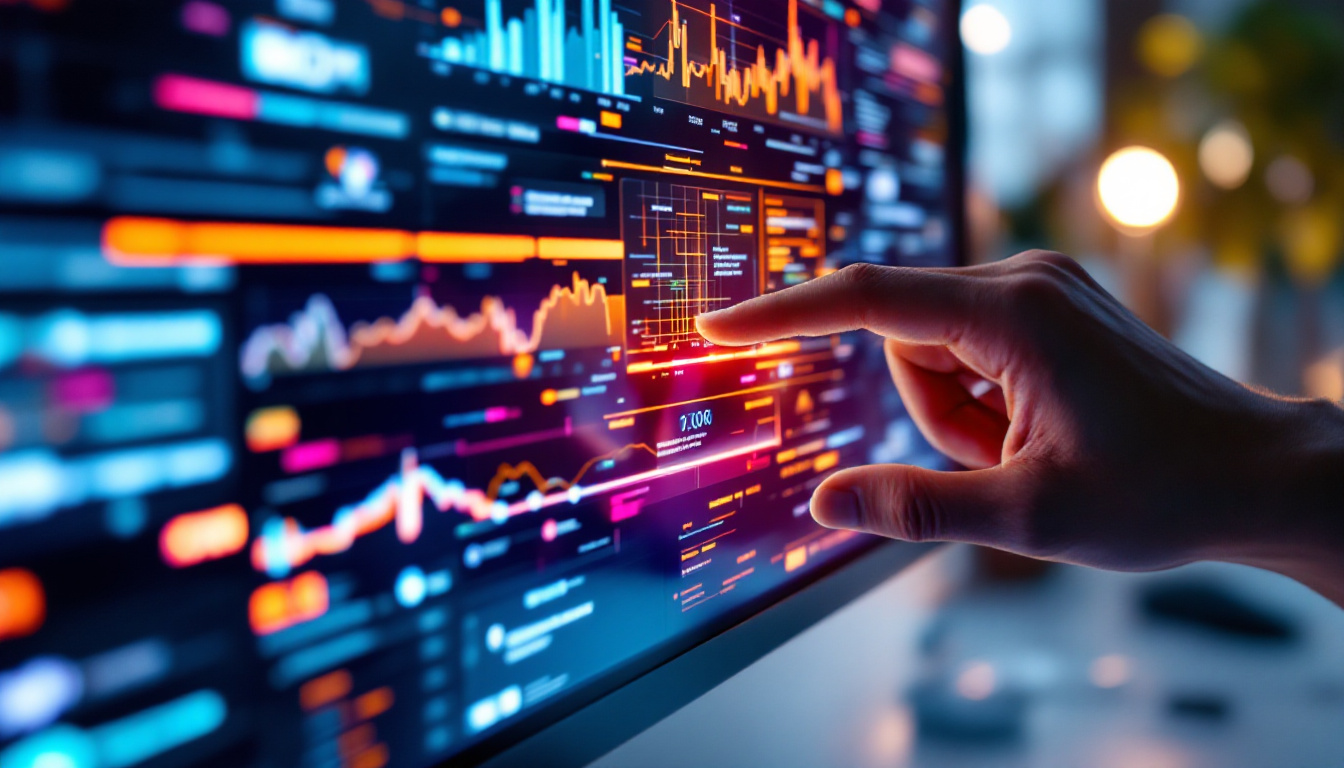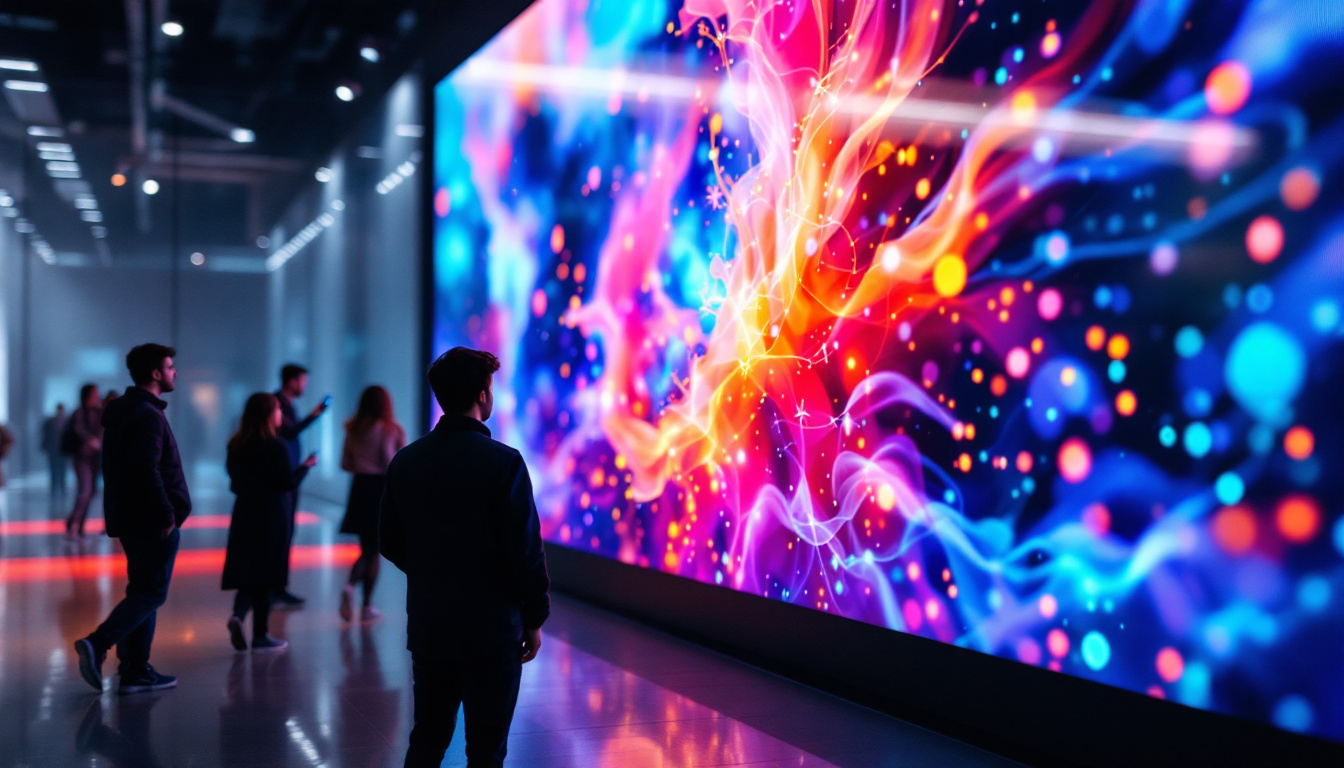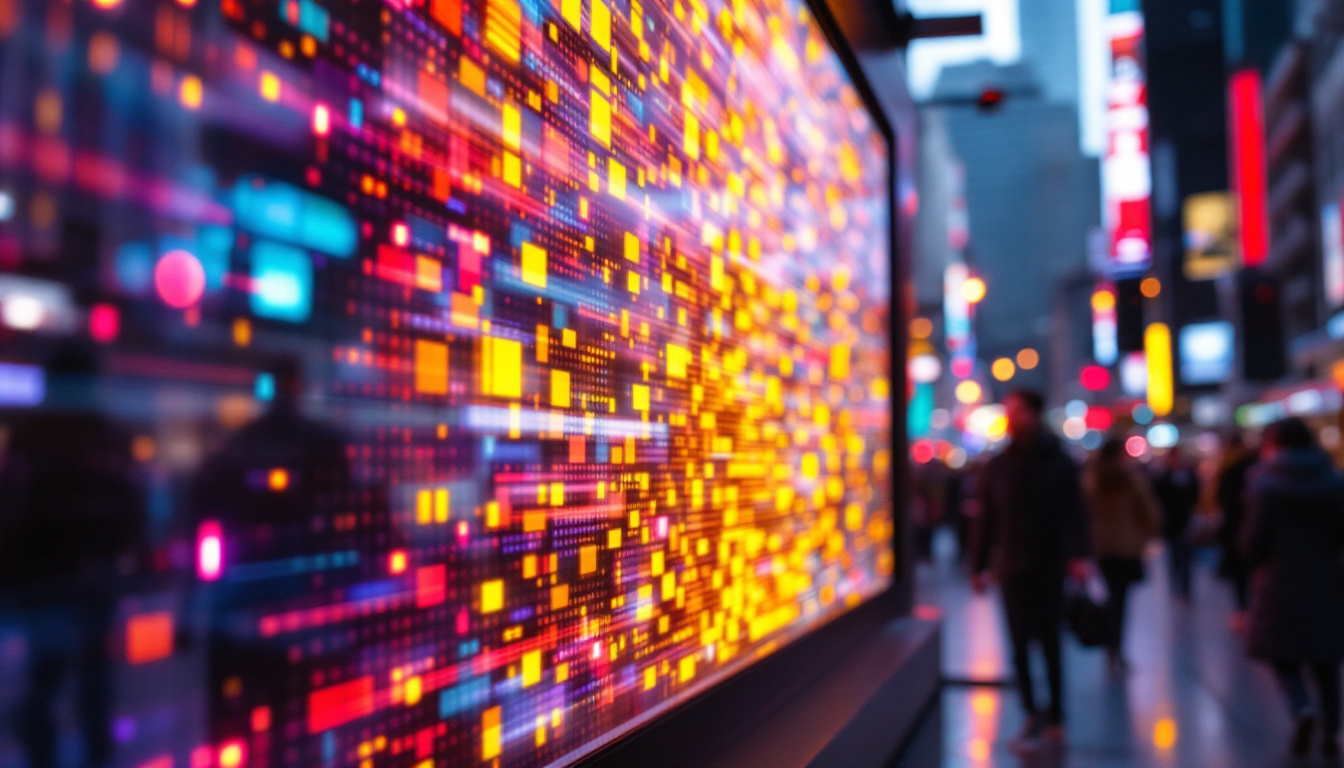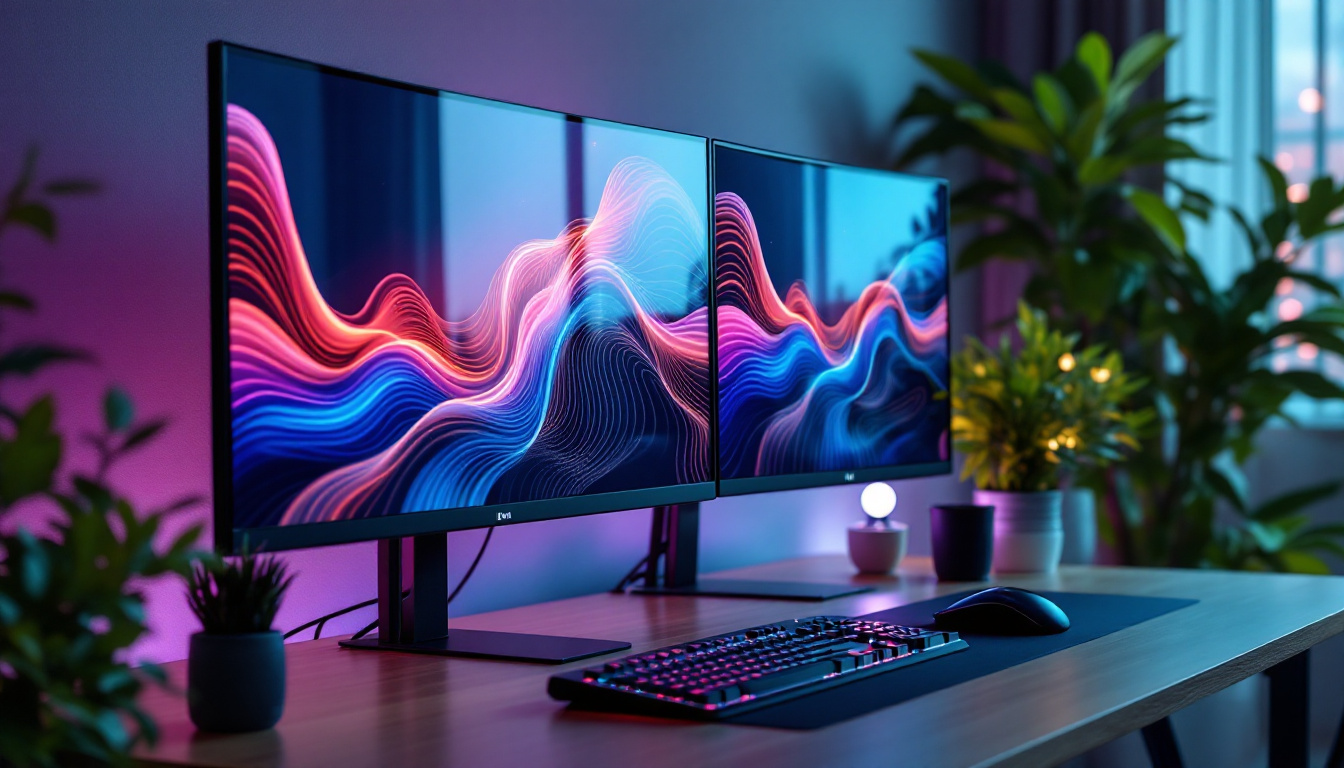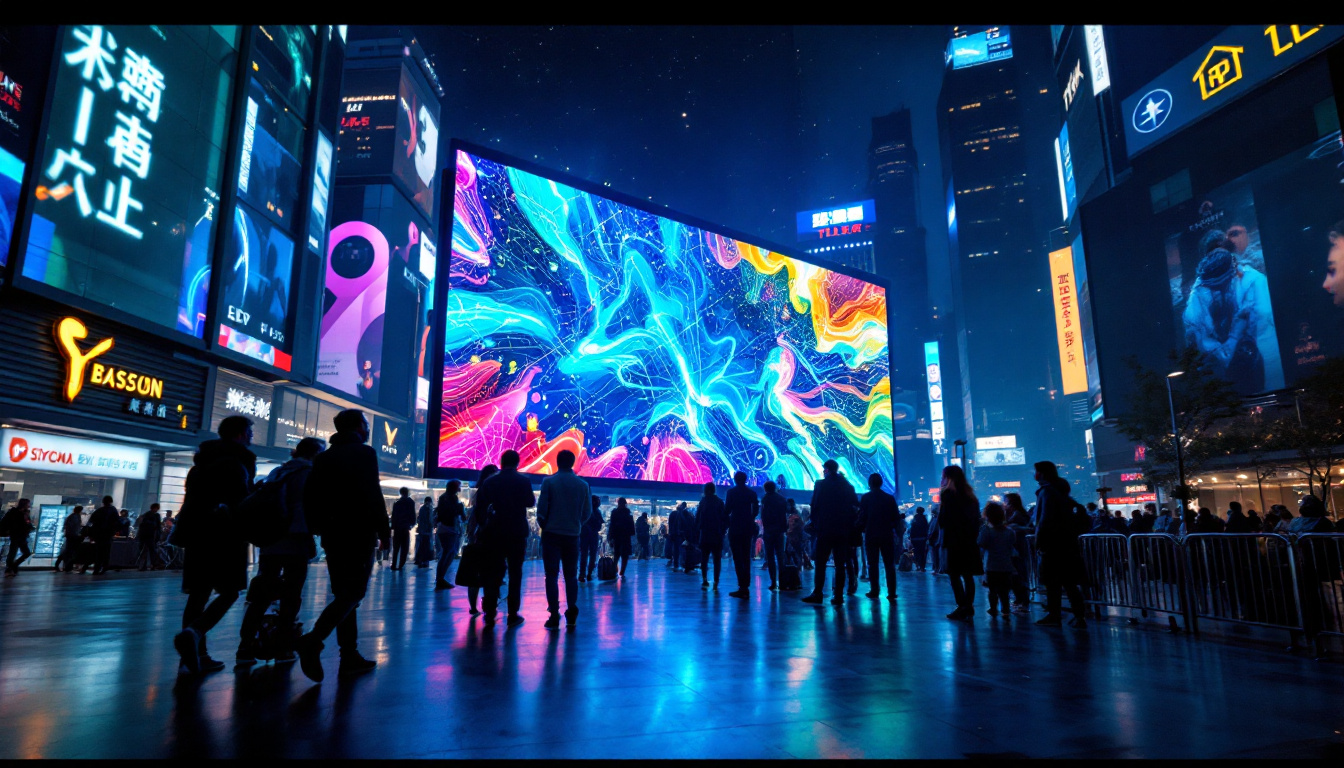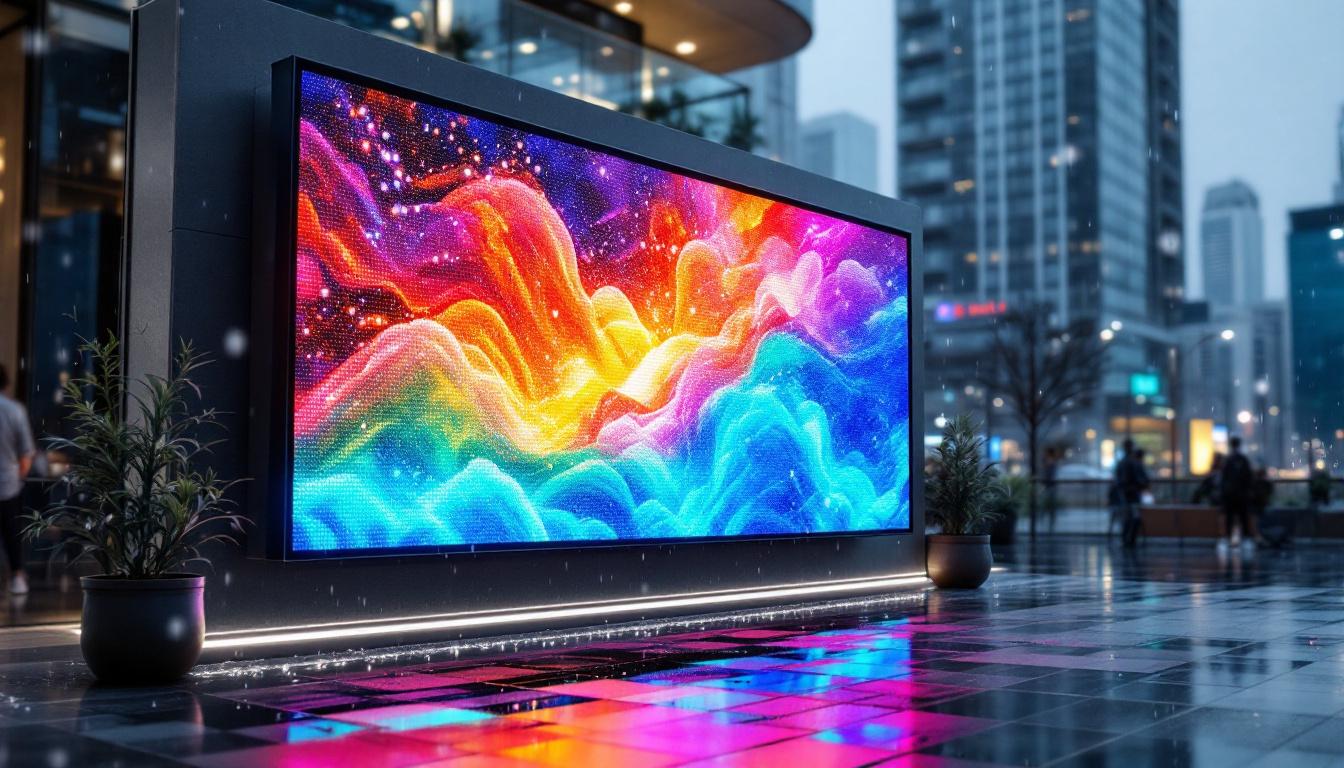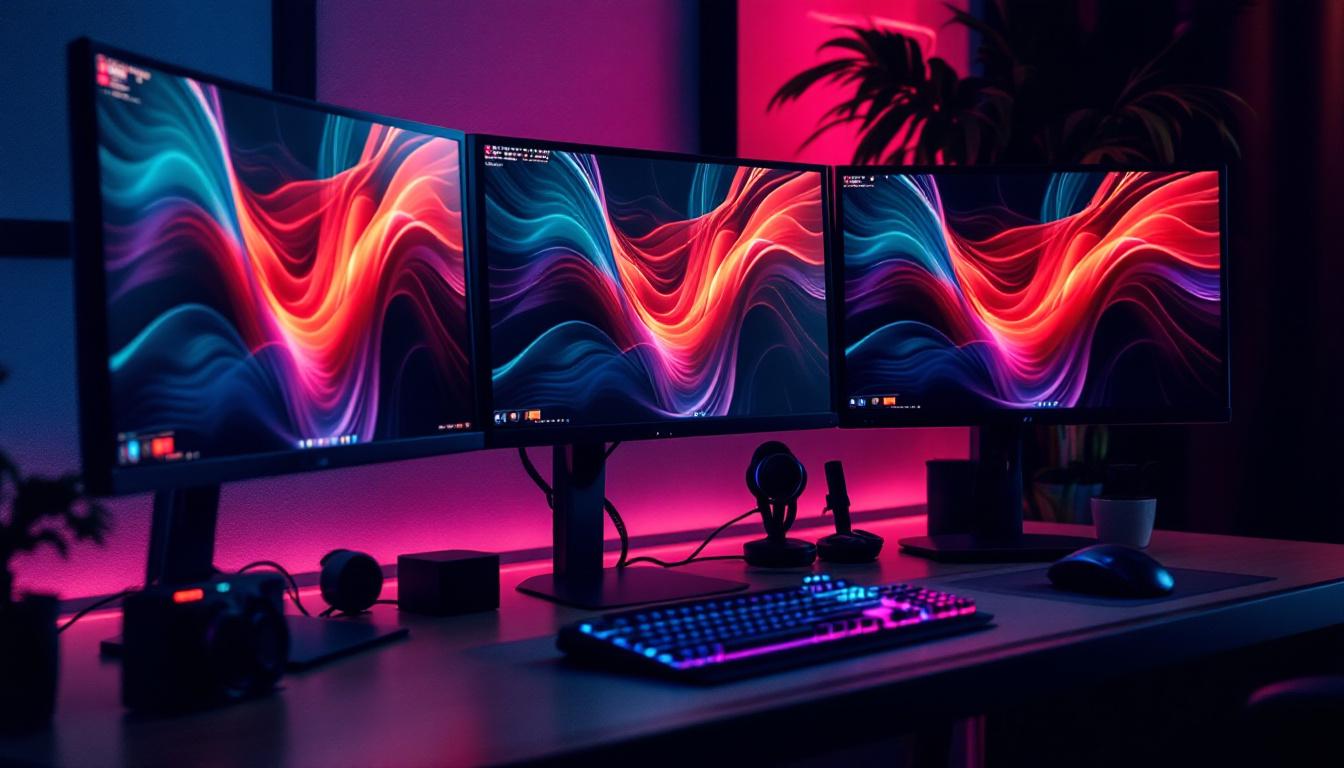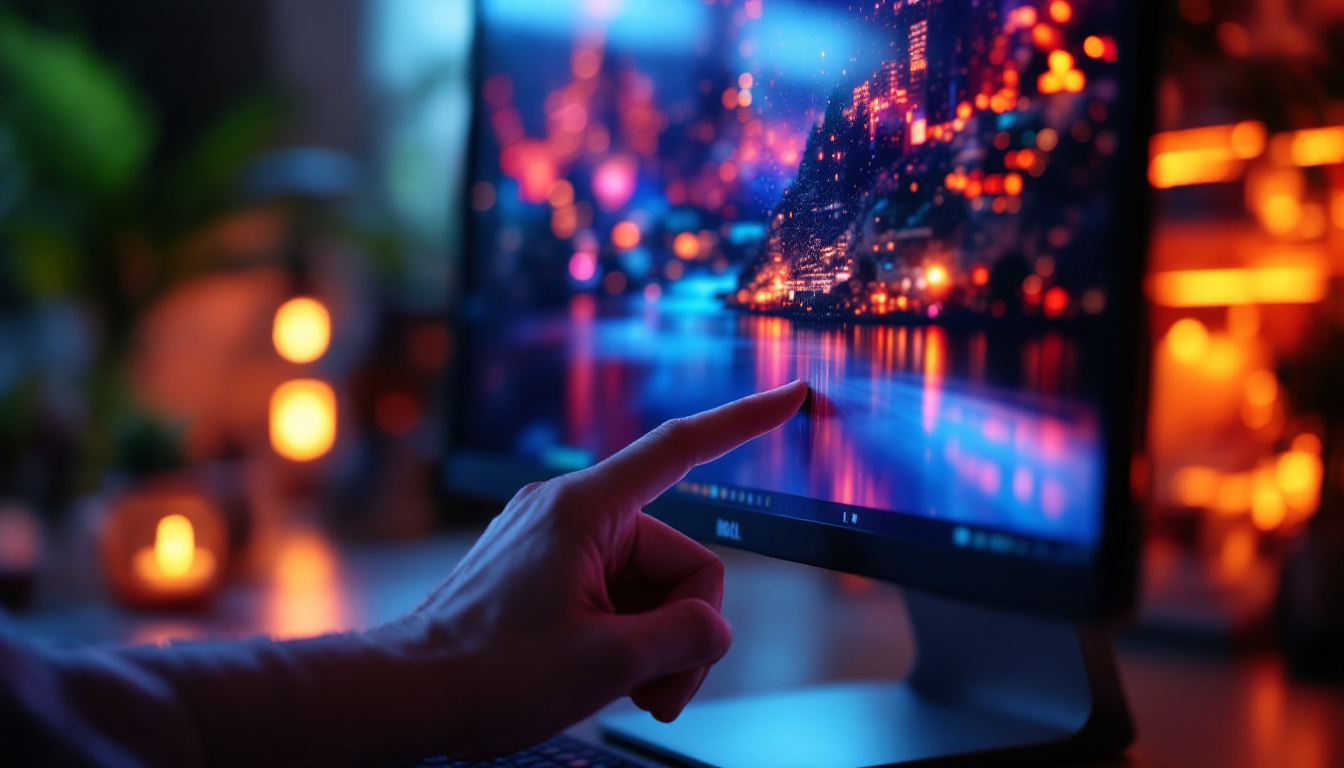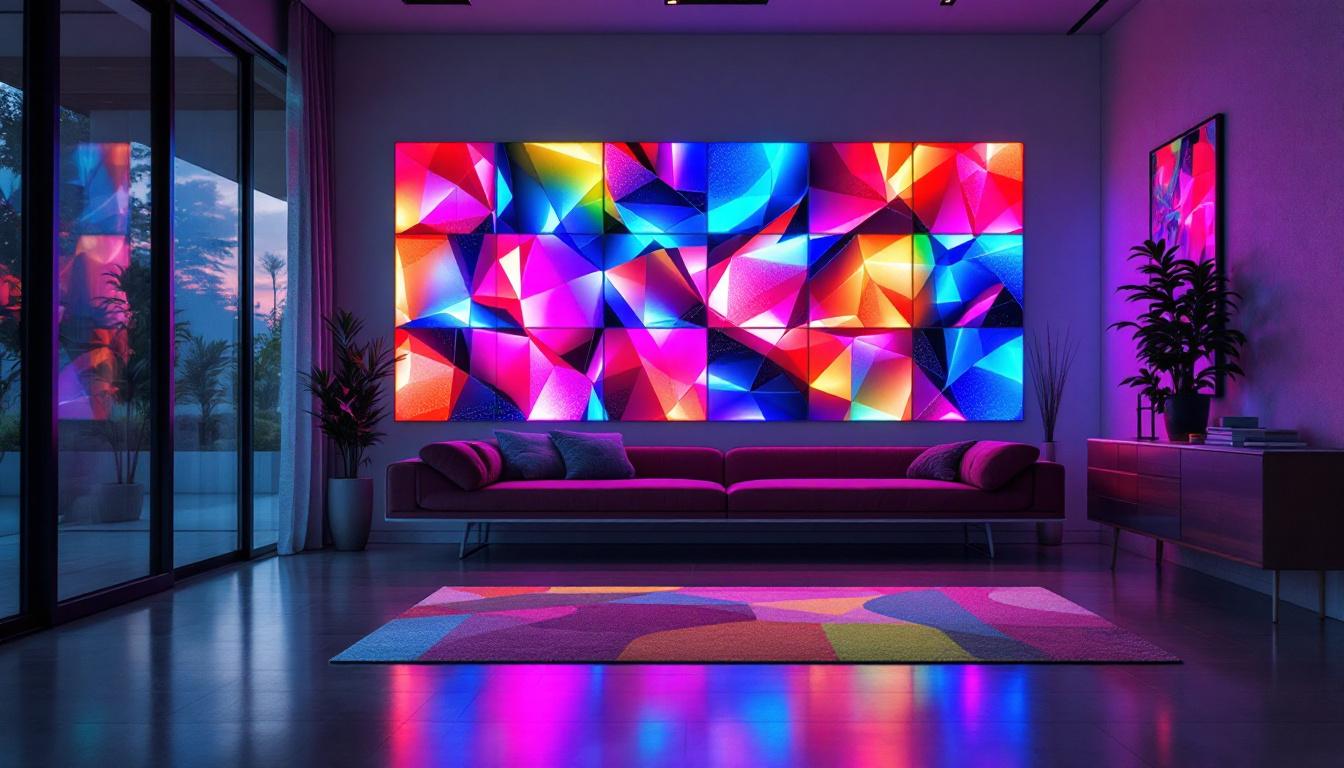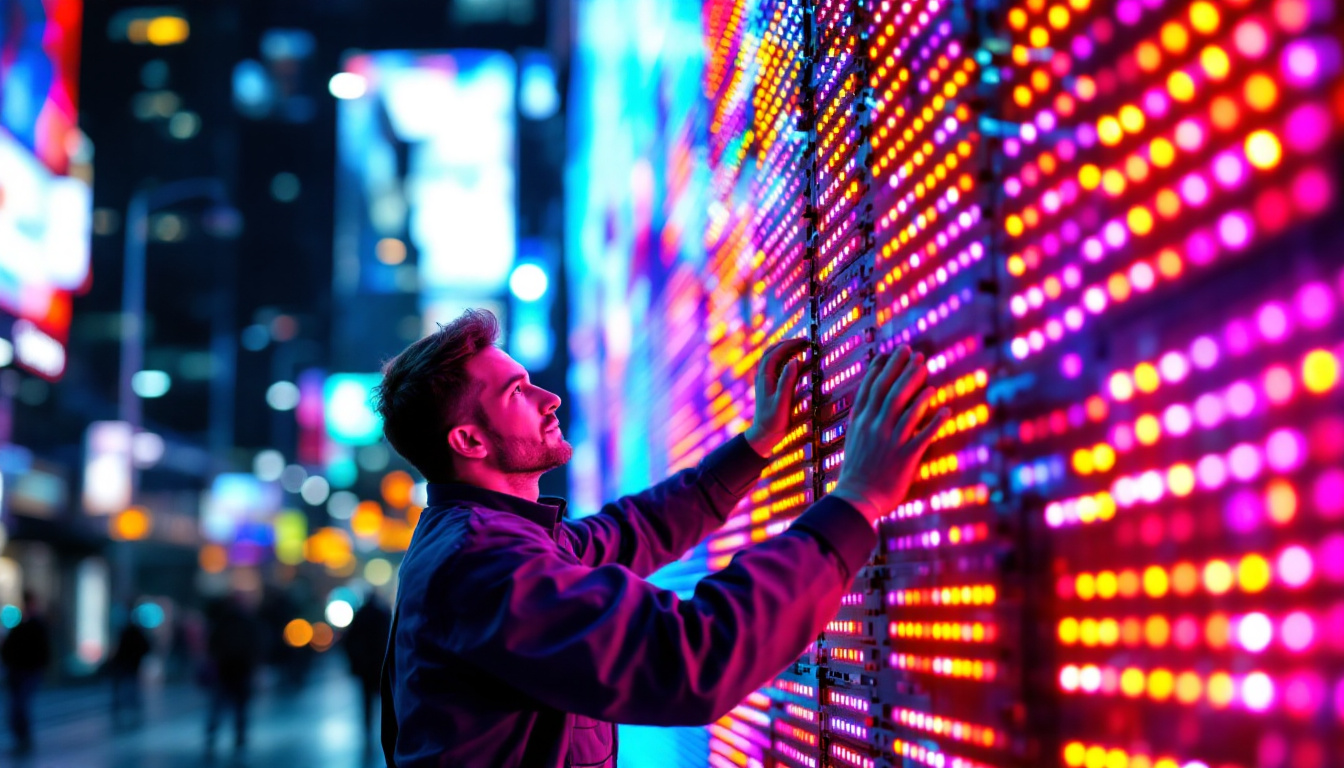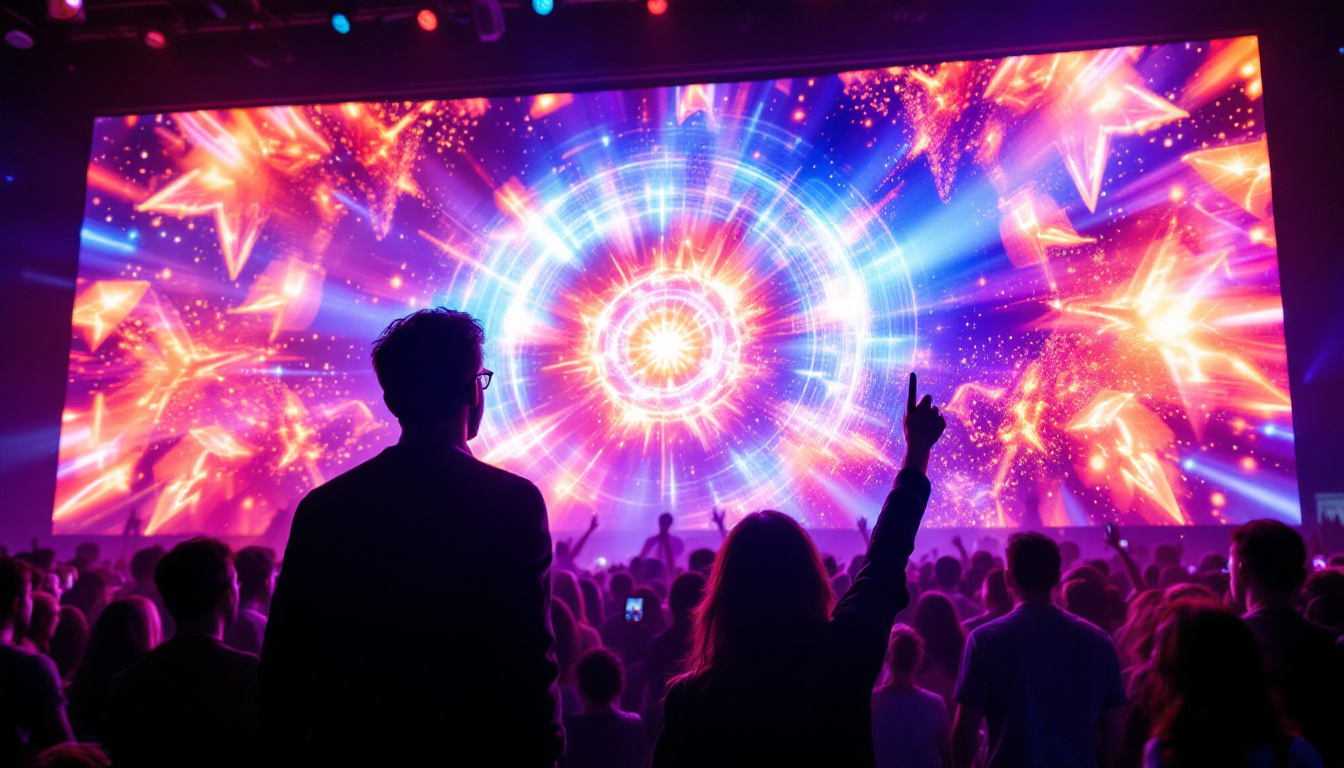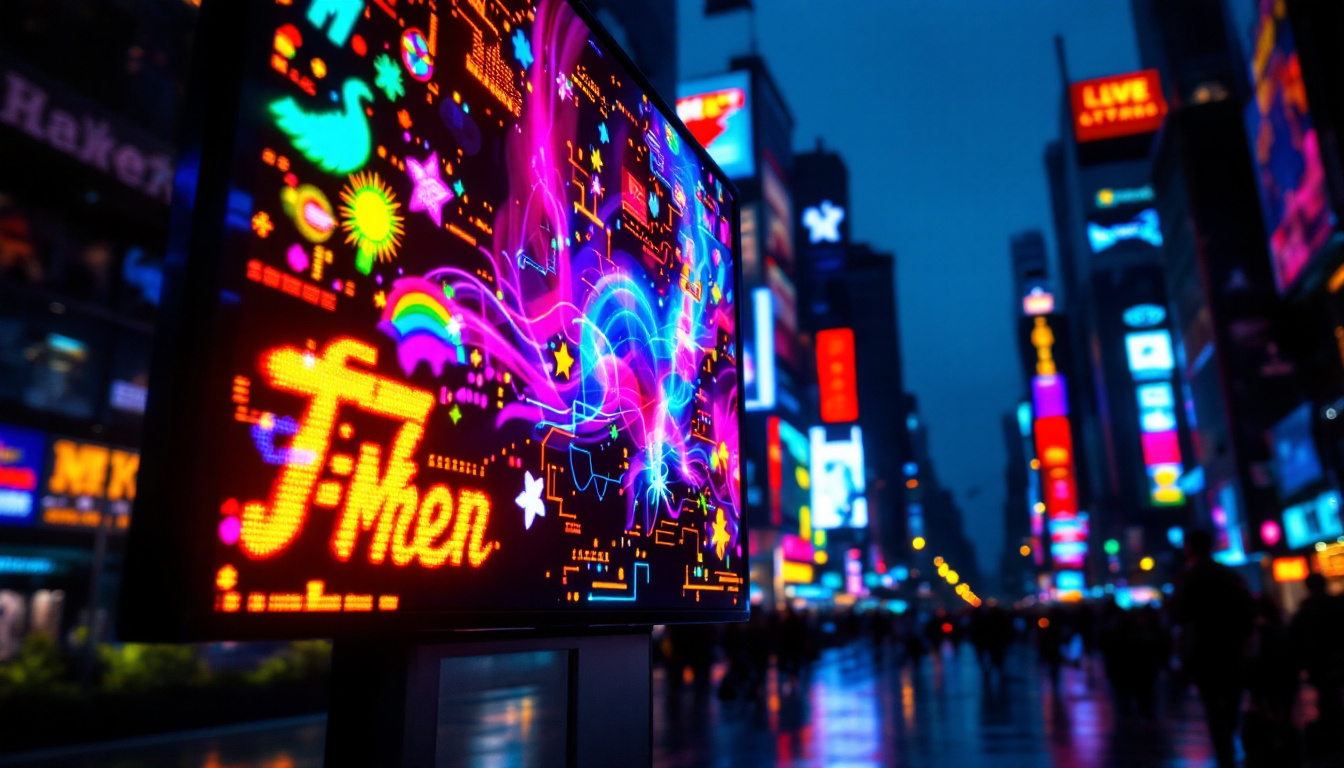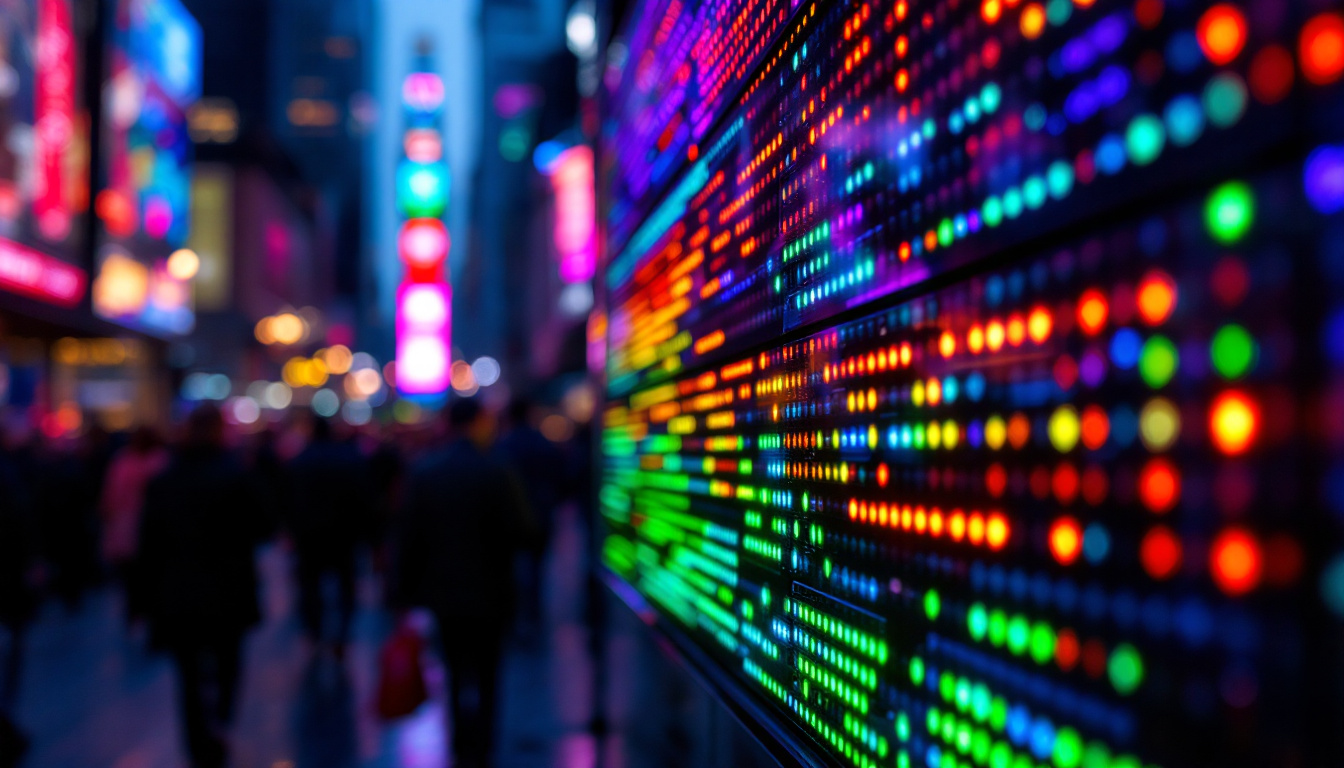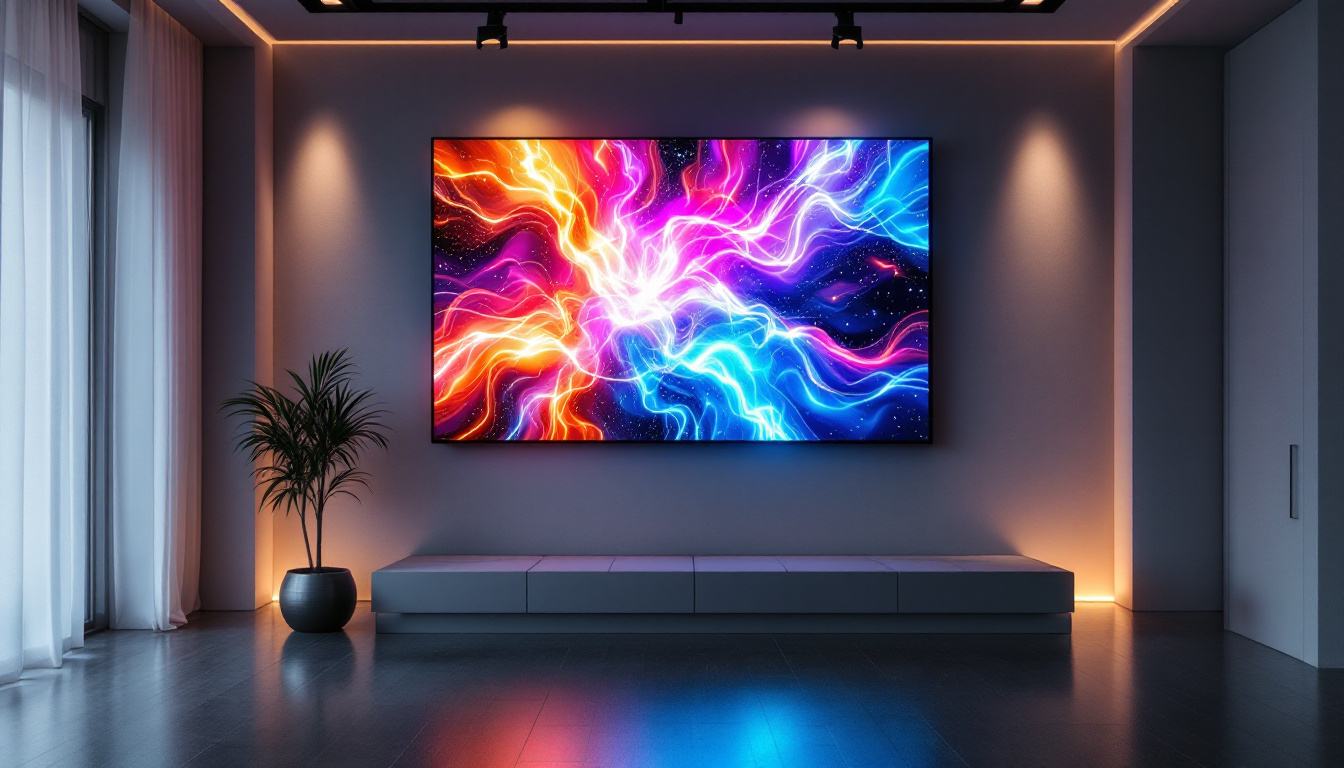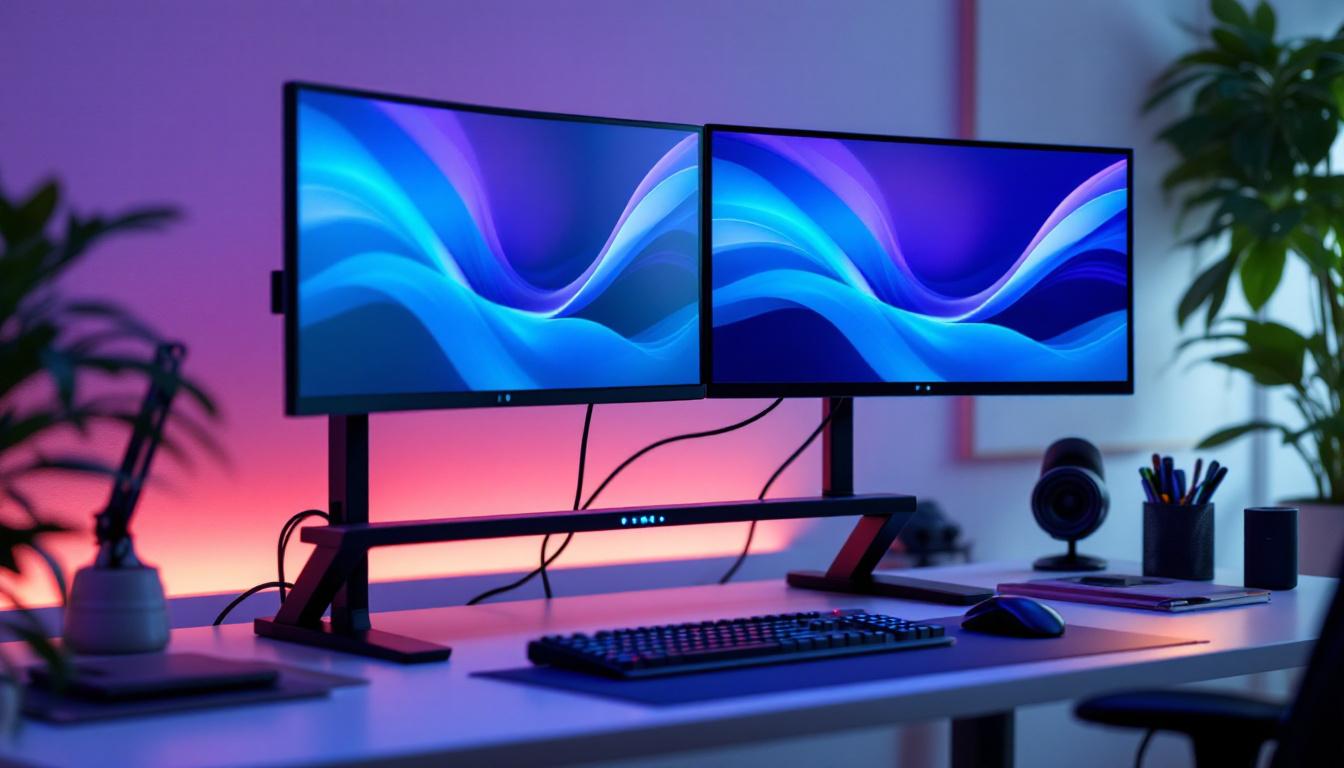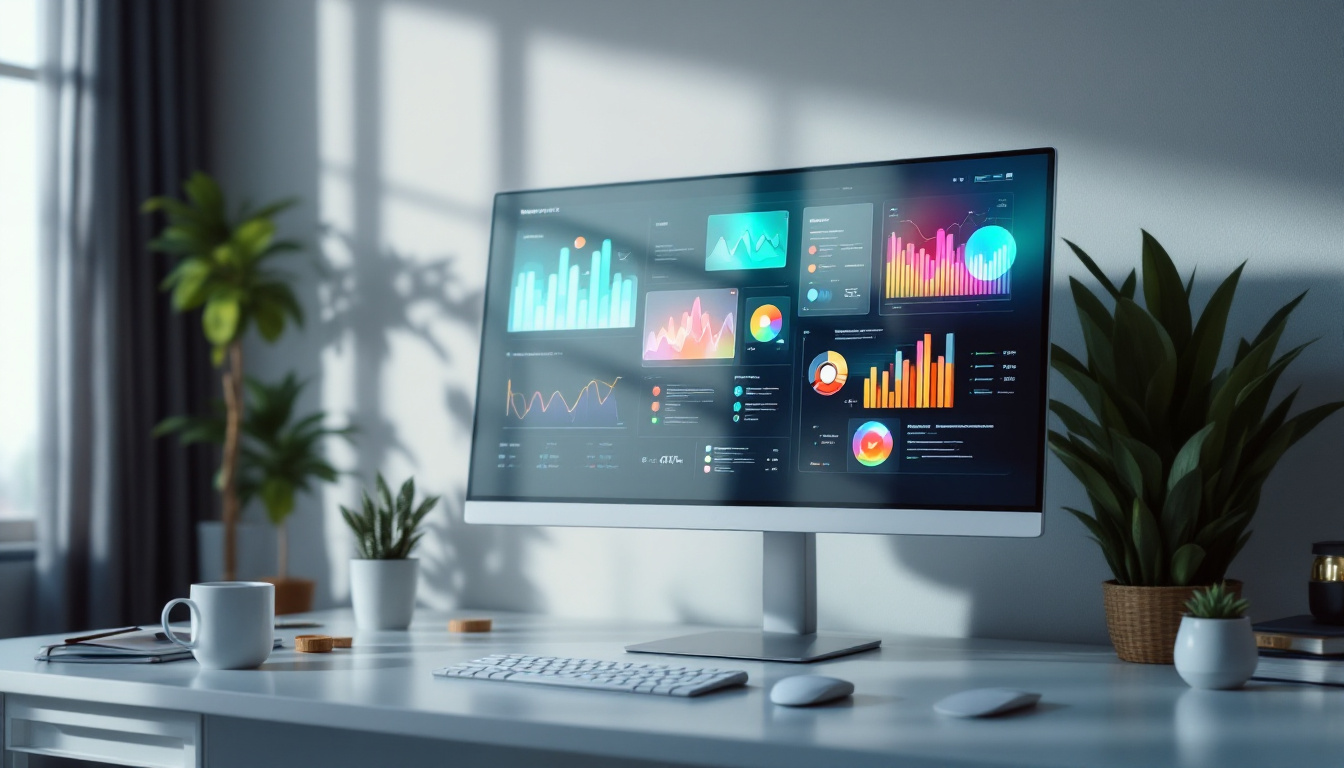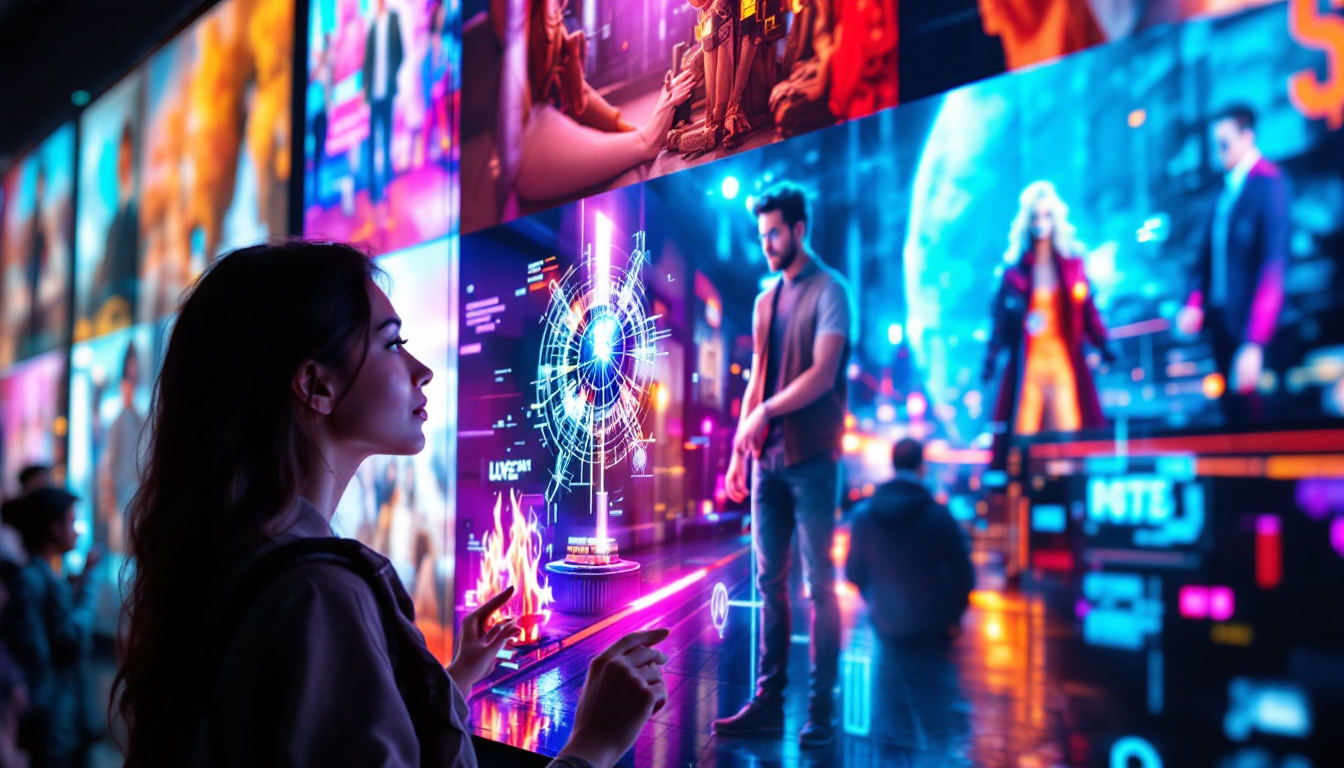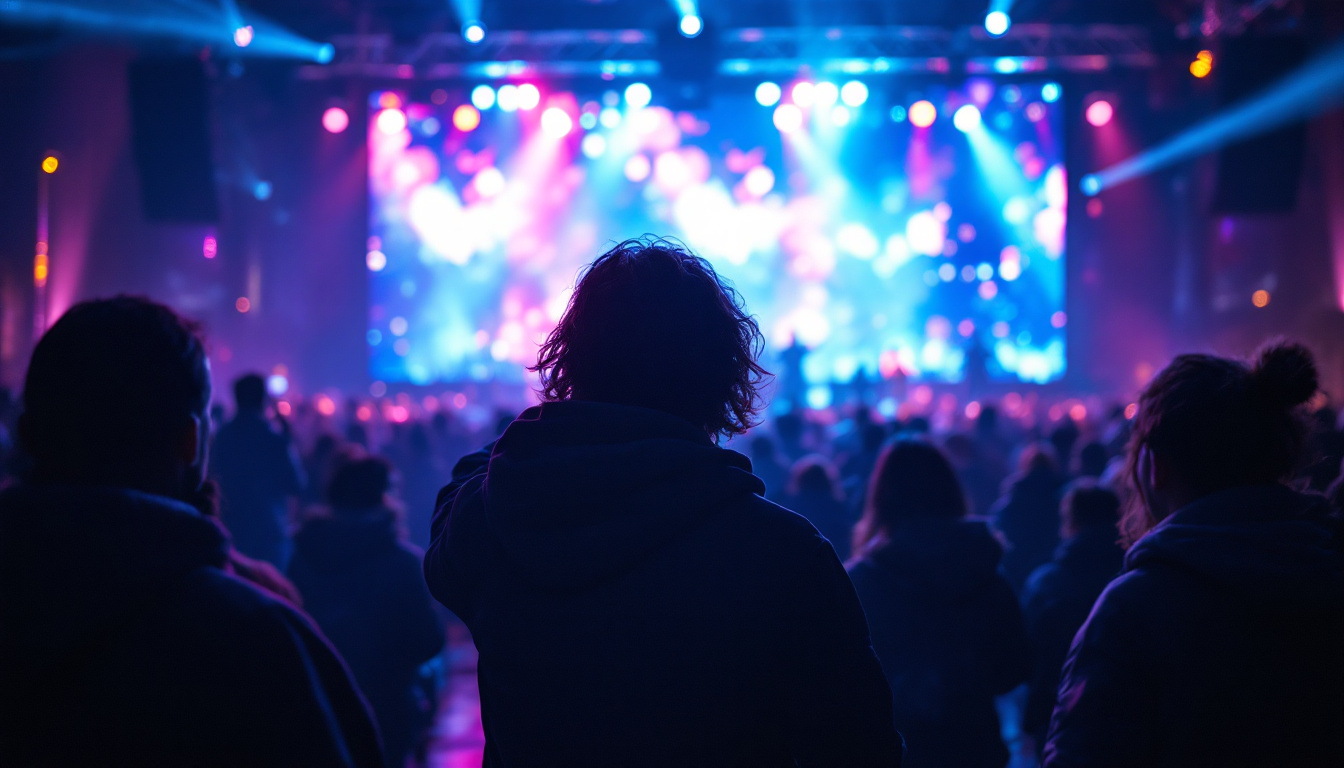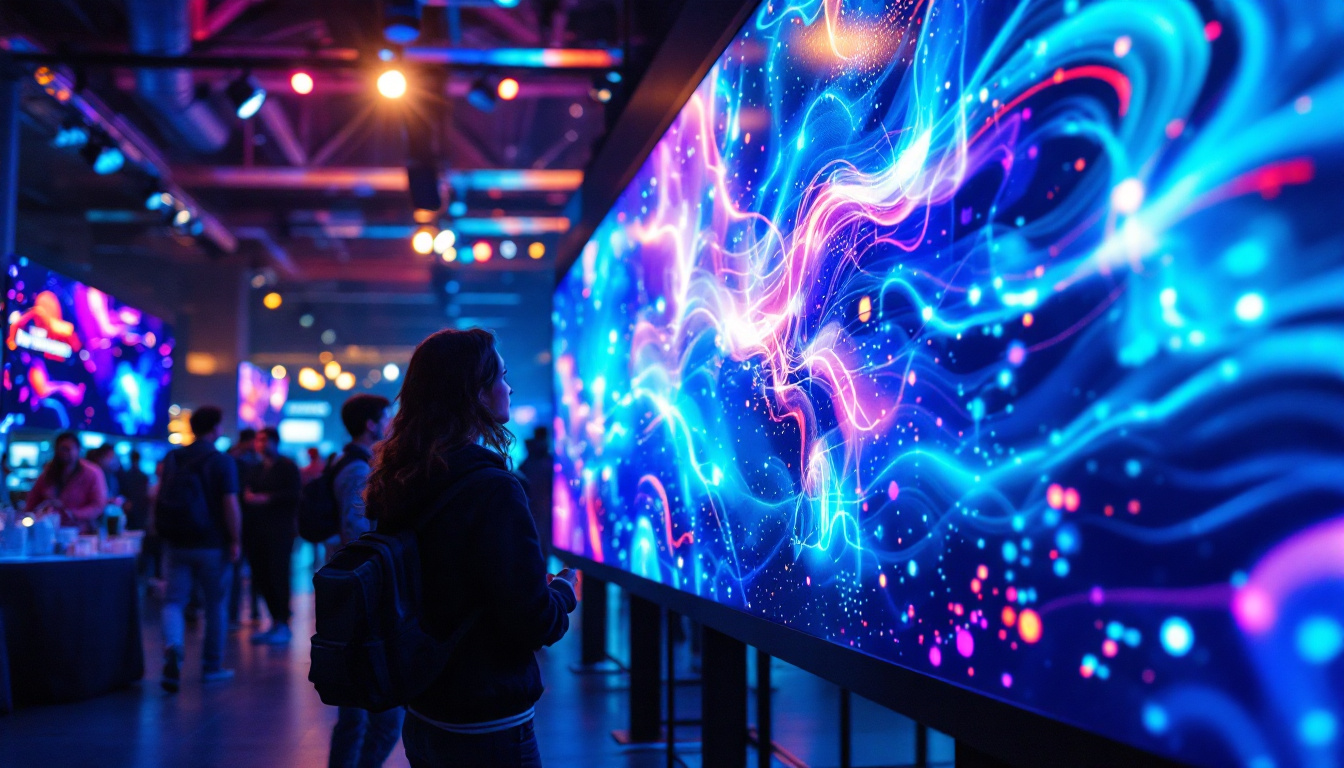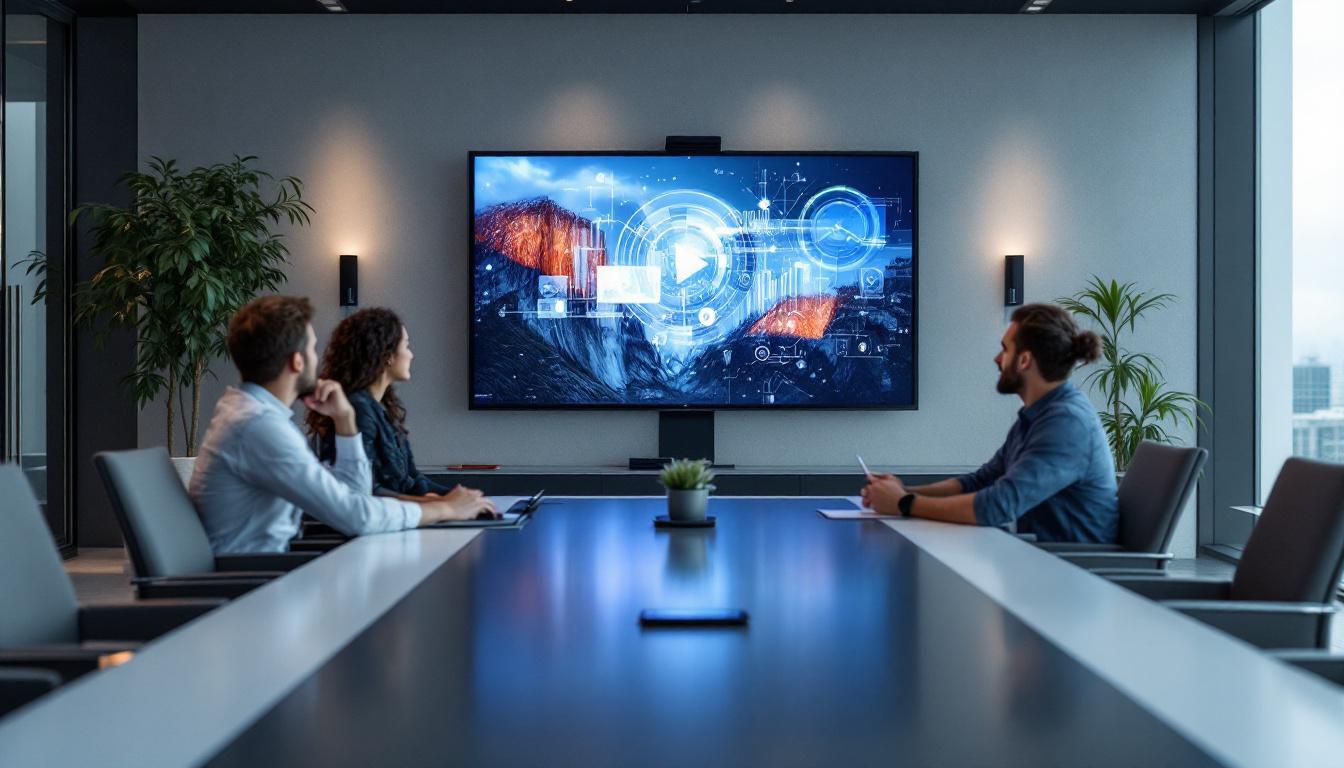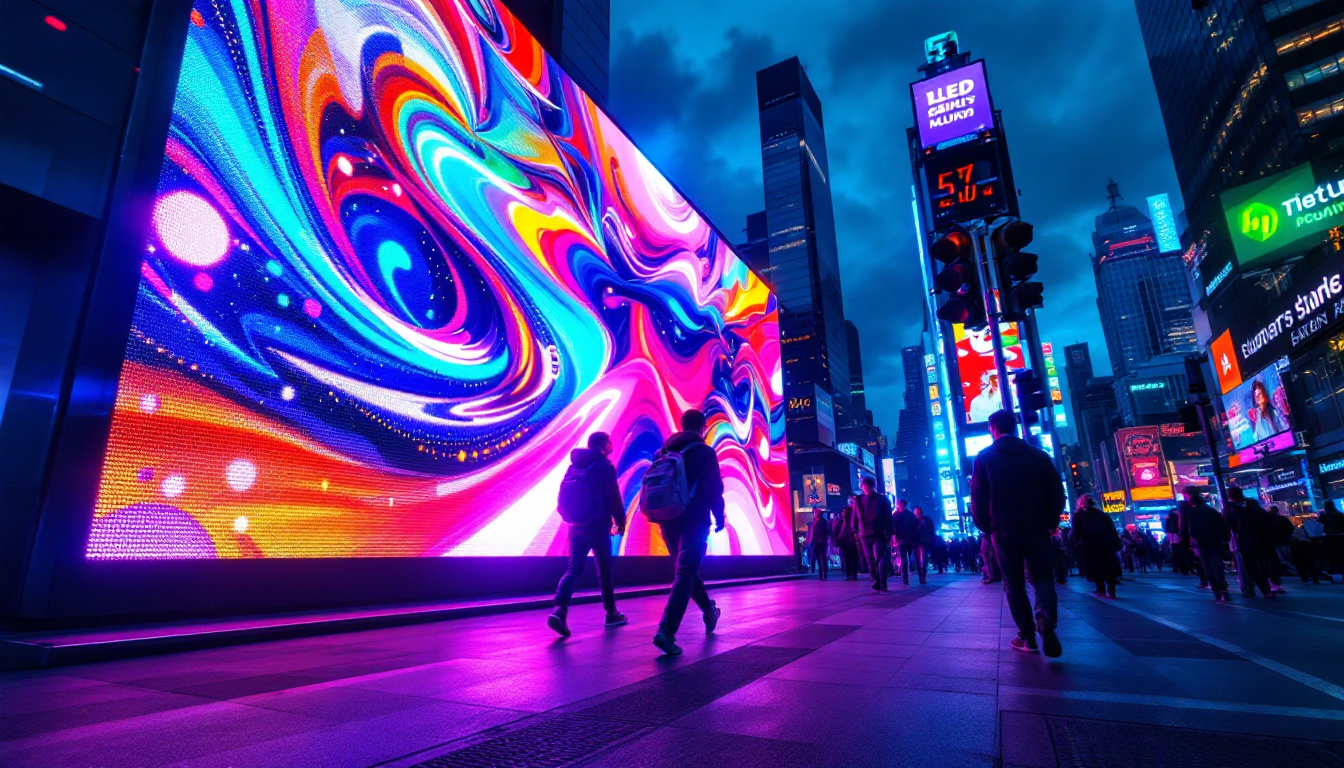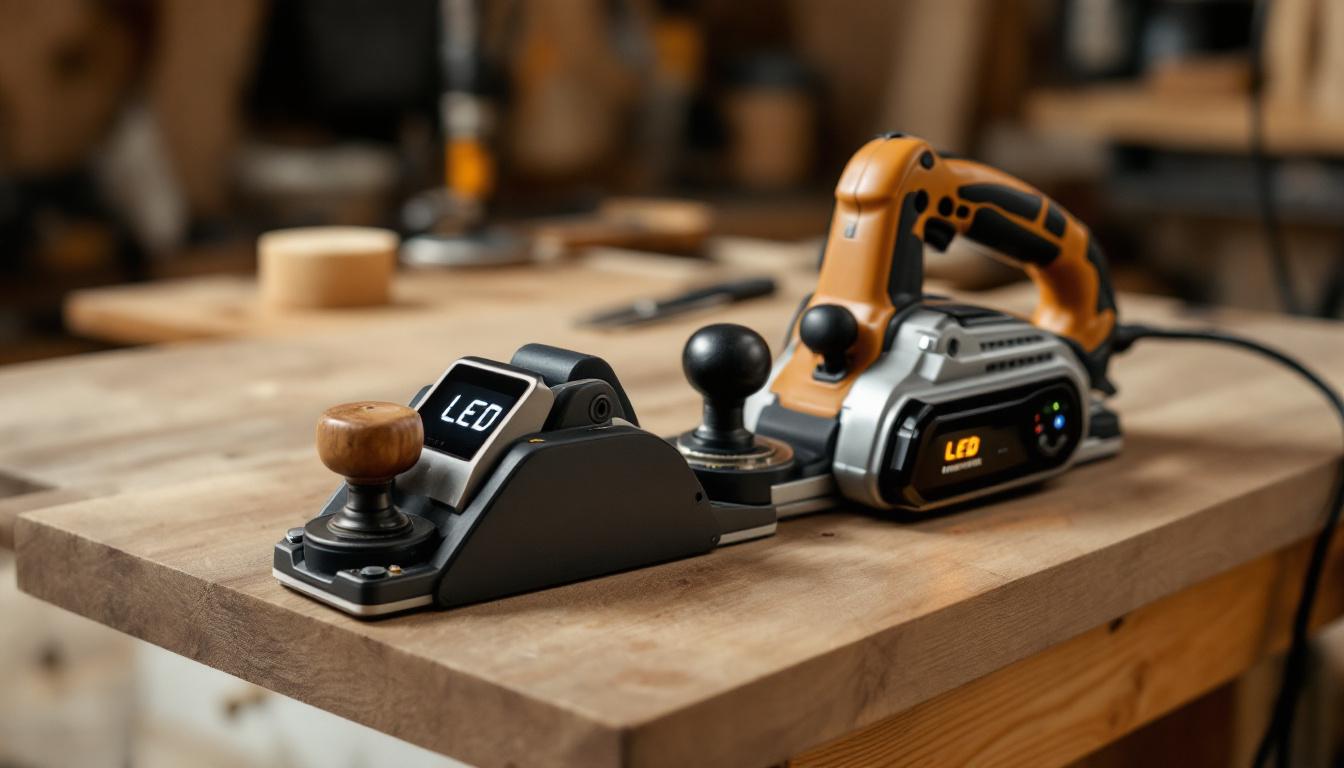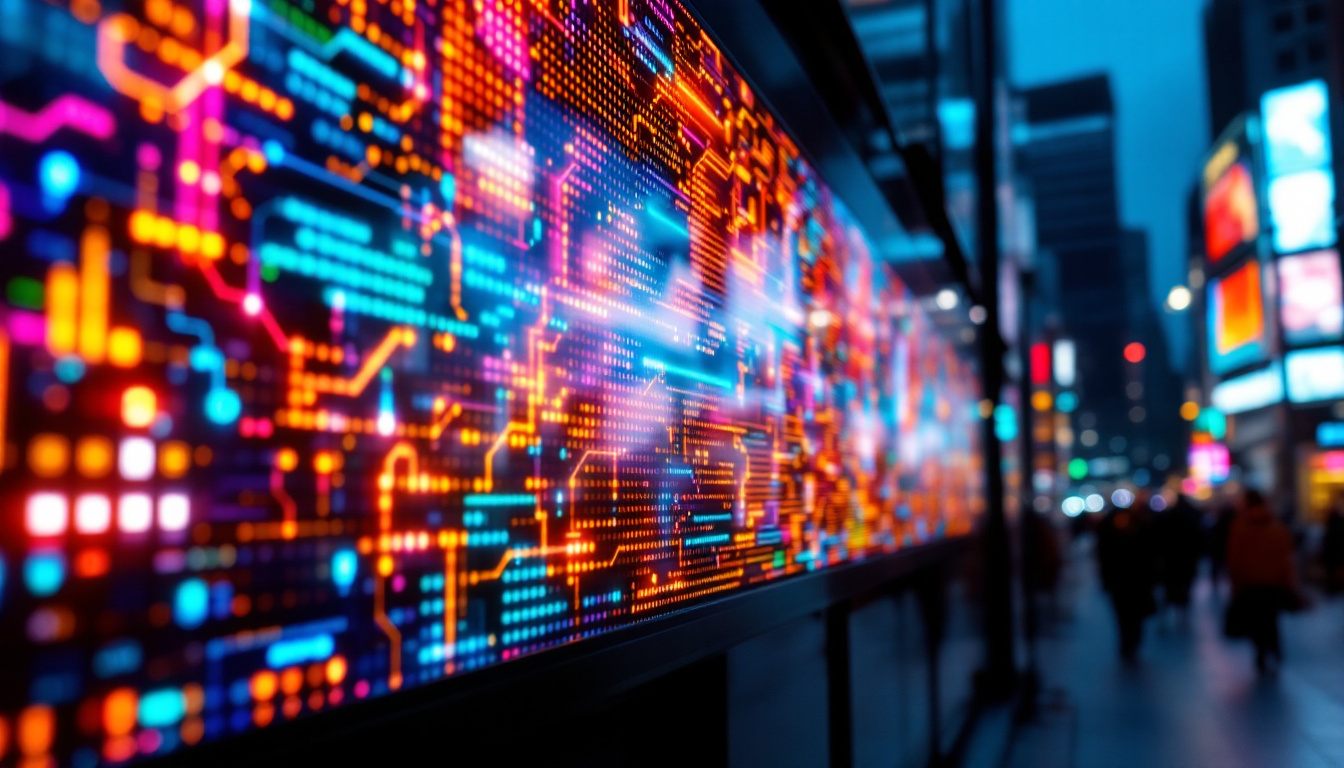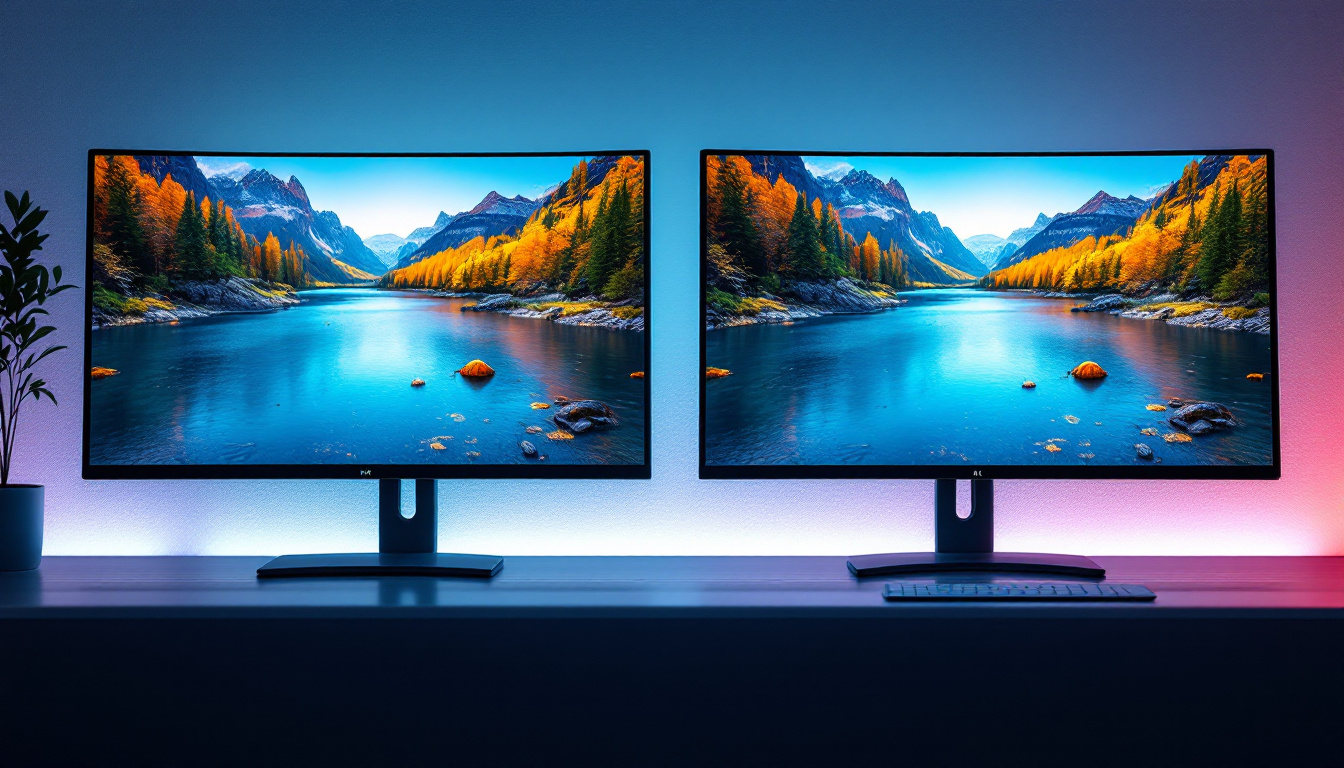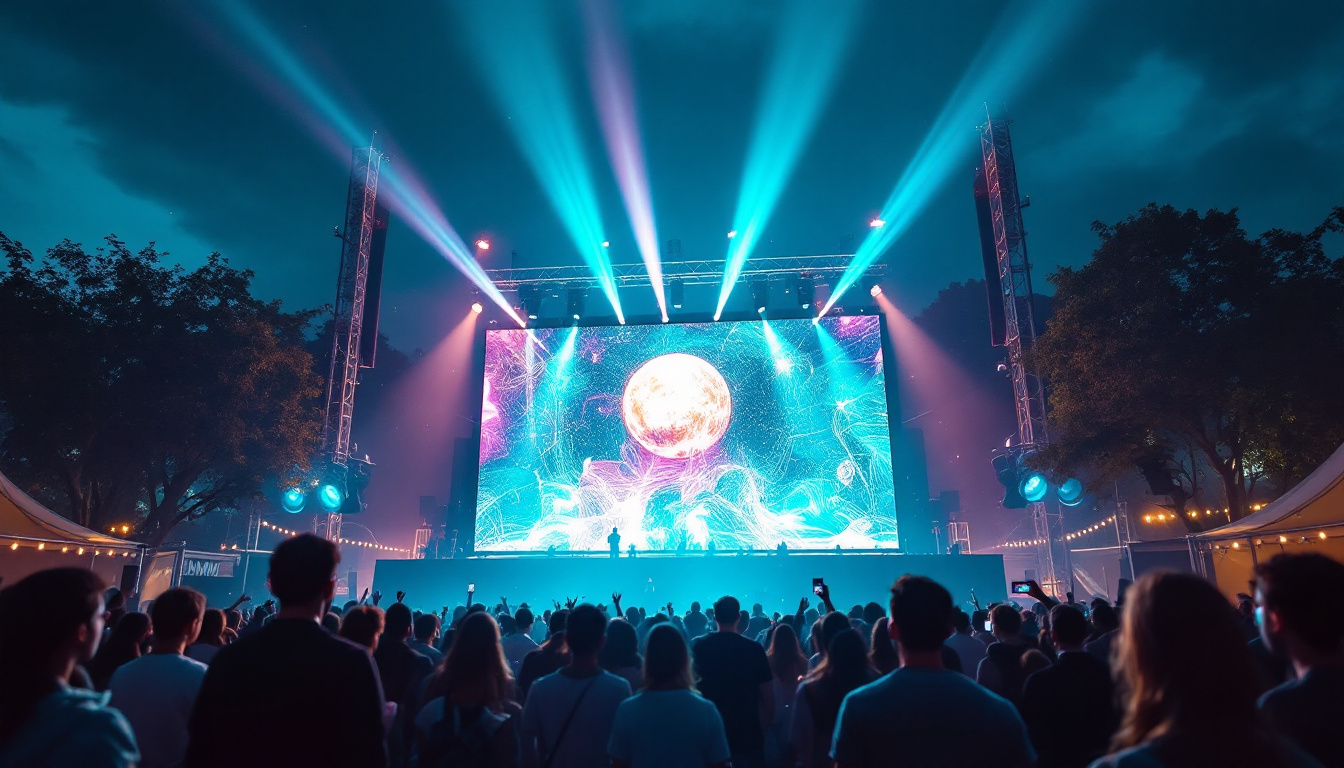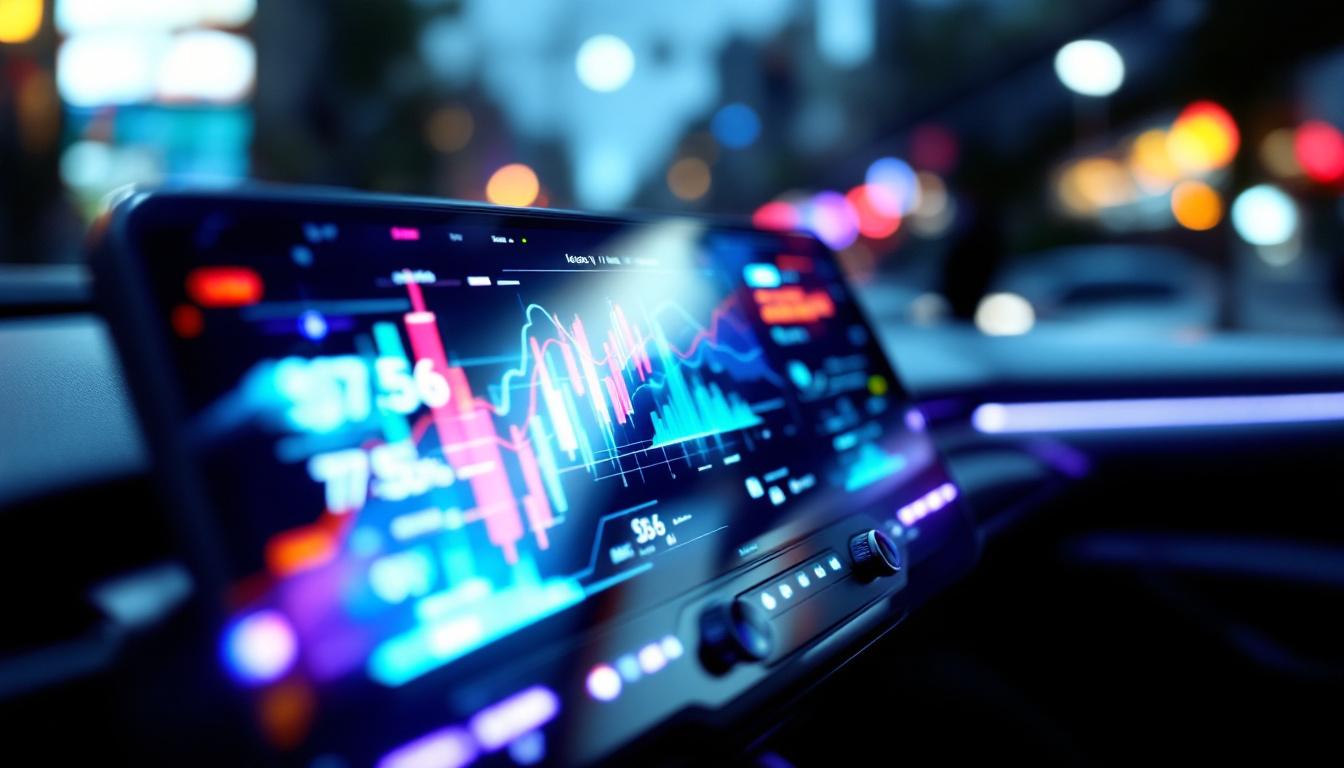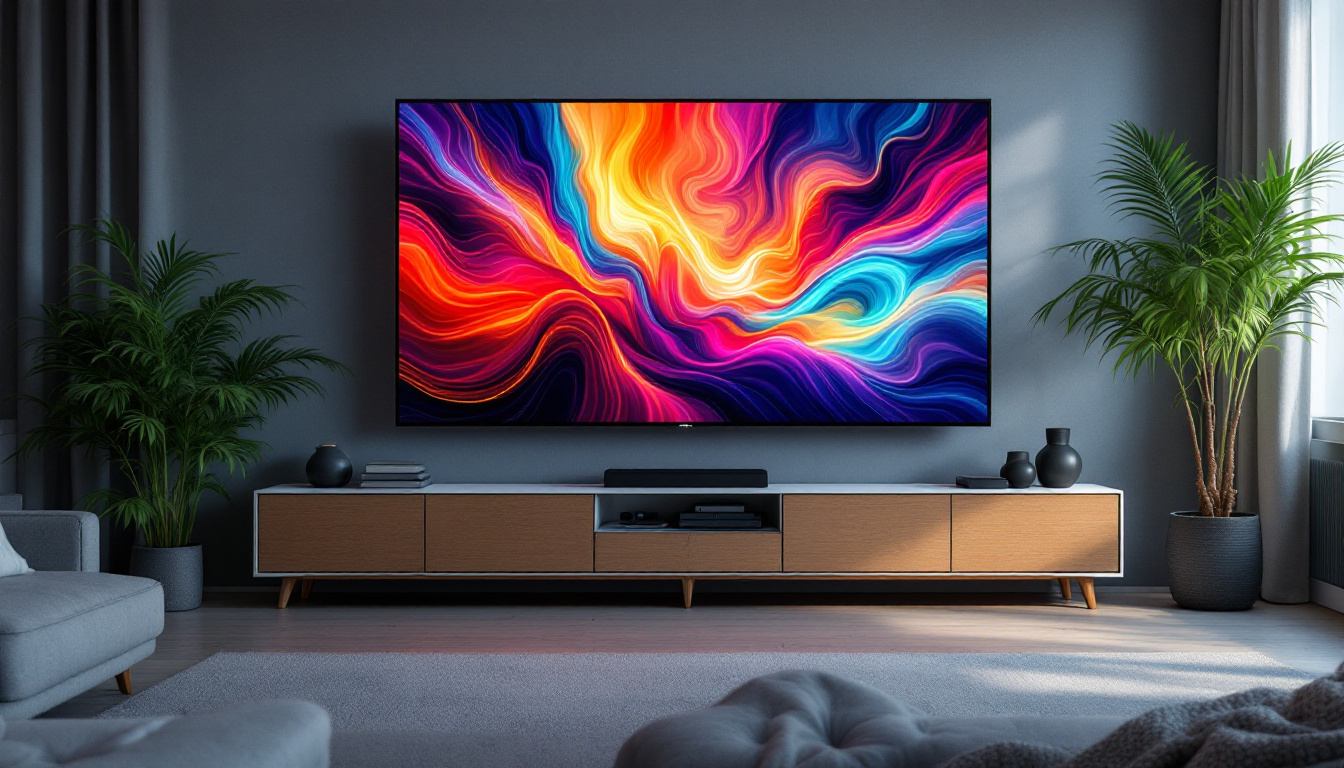In the modern world, visual communication has become paramount. From advertising to information dissemination, displays play a crucial role in how messages are conveyed. Among the various types of displays available, LED (Light Emitting Diode) displays have gained immense popularity due to their versatility, efficiency, and vibrant color reproduction. This article delves into the intricacies of LED displays, focusing on the 97 display model, its technology, applications, and advantages.
Understanding LED Technology
LED technology is rooted in the principles of electroluminescence, where a semiconductor emits light when an electric current passes through it. This fundamental characteristic is what makes LED displays unique compared to traditional display technologies such as LCD (Liquid Crystal Display) or CRT (Cathode Ray Tube). The efficiency of LED technology has revolutionized the way we think about lighting and displays, leading to a significant shift in both consumer electronics and commercial applications.
How LED Displays Work
At the core of an LED display are numerous tiny diodes that emit light. These diodes can be arranged in various configurations to create pixels. Each pixel is made up of red, green, and blue (RGB) diodes, which can be mixed in different intensities to produce a wide spectrum of colors. When these pixels are combined, they form images and videos that can be viewed from a distance. The ability to control each pixel independently allows for dynamic content that can change in real-time, making LED displays particularly effective for advertising and entertainment.
In a typical LED display, the diodes are mounted on a circuit board and connected to a driver that regulates the current flowing through each diode. This allows for precise control over brightness and color, enabling the display to render images with high fidelity. Additionally, advancements in technology have led to improvements in thermal management systems, ensuring that LED displays can operate efficiently without overheating, which is crucial for maintaining longevity and performance.
Types of LED Displays
There are several types of LED displays, each designed for specific applications. The two most common types are:
- Direct View LED (DVLED): These displays consist of individual LED modules that are directly visible to the viewer. They are often used in large outdoor billboards and indoor video walls. DVLED displays are known for their vibrant colors and high brightness levels, making them ideal for environments with significant ambient light.
- LED-backlit LCD: These displays use LED lights to illuminate an LCD panel. While they are not true LED displays, they benefit from the energy efficiency and brightness of LED technology. This hybrid approach allows for thinner designs and improved color accuracy, making them popular in televisions and computer monitors.
Another emerging type of LED display is the MicroLED, which consists of microscopic LEDs that can be used to create ultra-high-definition screens with exceptional contrast ratios and color accuracy. MicroLED technology promises to deliver even greater energy efficiency and flexibility in display design, paving the way for innovative applications in everything from wearable tech to large-scale installations. As the demand for high-quality visual experiences continues to grow, the evolution of LED technology is likely to play a pivotal role in shaping the future of display solutions.
The 97 Display Model
The 97 display model represents a significant advancement in LED technology, offering enhanced performance and features tailored for various applications. This model is particularly noted for its high resolution, energy efficiency, and durability. With its cutting-edge design, the 97 display not only meets the demands of modern visual communication but also sets a new standard for what users can expect from display technology.
Key Features of the 97 Display
One of the standout features of the 97 display is its pixel pitch, which refers to the distance between the centers of two adjacent pixels. A smaller pixel pitch results in higher resolution, allowing for clearer images and finer details. The 97 display typically boasts a pixel pitch of 2.5 mm, making it suitable for both close-up viewing and large-scale applications. This level of precision ensures that images are sharp and vibrant, making it an excellent choice for environments where visual clarity is paramount.
In addition to resolution, the 97 display is designed with energy efficiency in mind. It utilizes advanced LED technology that consumes less power compared to older models, making it an environmentally friendly choice for businesses and organizations. Furthermore, the display’s longevity is enhanced by its robust construction, which protects against wear and tear, ensuring that it remains operational even in high-traffic areas. This combination of efficiency and durability not only reduces operational costs but also minimizes the need for frequent replacements, contributing to a more sustainable approach to display technology.
Applications of the 97 Display
The versatility of the 97 display makes it ideal for a wide range of applications. Some common uses include:
- Advertising: Many businesses utilize the 97 display for dynamic advertising, allowing them to showcase promotions and new products in real-time. The ability to change content quickly and easily means that companies can respond to market trends and customer preferences almost instantaneously.
- Events and Concerts: The vibrant colors and high resolution of the 97 display make it a popular choice for concerts and live events, where visual impact is crucial. Event organizers appreciate the display’s ability to create immersive experiences, captivating audiences with stunning visuals that enhance the overall atmosphere.
- Corporate Presentations: Companies often use the 97 display in conference rooms and auditoriums to enhance presentations and engage audiences. The display’s clarity ensures that every detail is visible, fostering better communication and understanding during important meetings.
Moreover, the 97 display is increasingly being adopted in educational institutions, where it serves as a powerful tool for interactive learning. Teachers can utilize the display to present complex information in an engaging manner, making lessons more memorable and effective. Additionally, its ability to connect with various devices allows for seamless integration into existing technology ecosystems, further enhancing its utility in modern classrooms.
In retail environments, the 97 display has revolutionized how products are showcased. Retailers can create eye-catching displays that not only attract customers but also provide essential product information and promotions. This interactive approach not only drives sales but also enhances the overall shopping experience, making it more enjoyable and informative for consumers. As technology continues to evolve, the 97 display stands out as a key player in the future of visual communication across multiple sectors.
Advantages of LED Displays
LED displays, including the 97 model, offer numerous advantages over traditional display technologies. Understanding these benefits can help businesses and organizations make informed decisions about their visual communication needs.
Brightness and Visibility
One of the most significant advantages of LED displays is their exceptional brightness. LED technology allows for high luminance levels, ensuring that content remains visible even in brightly lit environments. This feature is particularly beneficial for outdoor applications, where sunlight can wash out images on traditional displays.
Longevity and Durability
LED displays are known for their long lifespan, often exceeding 100,000 hours of operation. This longevity translates to lower maintenance costs and reduced frequency of replacements. Additionally, LED displays are more resistant to shock and vibration, making them suitable for various environments, including outdoor settings.
Energy Efficiency
Energy efficiency is another compelling advantage of LED displays. Compared to traditional display technologies, LED displays consume significantly less power, resulting in lower energy bills and a reduced carbon footprint. This aspect is increasingly important for businesses looking to adopt sustainable practices.
Challenges and Considerations
While LED displays offer numerous benefits, there are also challenges and considerations that potential users should keep in mind. Understanding these factors can aid in making the right choice for specific applications.
Initial Investment
One of the primary challenges associated with LED displays is the initial investment cost. High-quality LED displays, such as the 97 model, can be more expensive upfront compared to traditional displays. However, the long-term savings in energy and maintenance costs often justify the initial expenditure.
Installation and Maintenance
Installing an LED display requires careful planning and expertise. Proper installation is crucial to ensure optimal performance and longevity. Additionally, while LED displays are generally low-maintenance, occasional servicing may be necessary to address any issues that arise over time.
Future Trends in LED Display Technology
The LED display industry is continually evolving, with advancements in technology paving the way for even more innovative applications. Several trends are emerging that are likely to shape the future of LED displays.
MicroLED Technology
MicroLED technology is one of the most exciting developments in the LED display space. This technology utilizes microscopic LEDs to create displays that are thinner, lighter, and more energy-efficient than traditional LED displays. MicroLEDs offer superior color accuracy and contrast, making them an attractive option for high-end applications.
Flexible Displays
Another trend gaining traction is the development of flexible LED displays. These displays can be bent and shaped to fit various surfaces, opening up new possibilities for creative installations in architecture and design. Flexible displays can be used in everything from retail environments to art installations, providing endless opportunities for innovation.
Integration with Smart Technology
As the Internet of Things (IoT) continues to expand, the integration of LED displays with smart technology is becoming increasingly common. Smart LED displays can connect to the internet, allowing for real-time content updates and remote management. This capability is particularly beneficial for businesses that need to change their messaging frequently.
Conclusion
LED displays, particularly the 97 model, represent a significant leap forward in visual communication technology. With their exceptional brightness, energy efficiency, and versatility, they have become a staple in various industries. While challenges such as initial investment and installation exist, the long-term benefits often outweigh these concerns.
As technology continues to advance, the future of LED displays looks promising. Innovations like MicroLED technology and flexible displays are set to redefine how visual content is presented, making it an exciting time for businesses and consumers alike. Embracing LED technology can lead to enhanced communication, improved engagement, and a more sustainable approach to visual displays.
Explore Cutting-Edge LED Displays with LumenMatrix
Ready to elevate your visual communication strategy with the latest in LED display technology? Discover LumenMatrix’s comprehensive range of LED display solutions, designed to captivate your audience and amplify your message. From Indoor and Outdoor LED Wall Displays to innovative options like Vehicle LED Displays and LED Transparent Displays, LumenMatrix provides the tools you need to create unforgettable visual experiences. Don’t miss out on the opportunity to transform your space and engage your audience. Check out LumenMatrix LED Display Solutions today and see the difference cutting-edge technology can make.


